Order Your 3D Print
Order your own 3D printed part just in 5 steps

| Model Weight: | g |
| Model Dimensions: | x x cm |
Estimated Price:
Printing layer height 0.3 (mm)
Printing layer height 0.20 (mm)
Printing layer height 0.1 (mm)
Examples:
Display models
Decorations
Figurines
Architectural Models
Accessories
Example:
Accessories
Cosplay props
Sculptures
Containers
Example:
Handels
Drone frame
Lightweight brackets
Cosplay props
Examples:
Tools
Sport equipment
Drone frame
Hobby equipment
Heavy duty brackets
Examples:
Gears
Bumpers
Gaskets
Maximal part size 200[mm]x 200[mm]x 230[mm]
Tips
Printing Materials
Acrylonitrile Butadiene Styrene (ABS)
- Strength: High (60 [MPa])
- Max operating temperature: 80 [C°]
- Chemical Resistance: Moderate
- Application: Structural and automotive parts
- Environmentally friendly: No
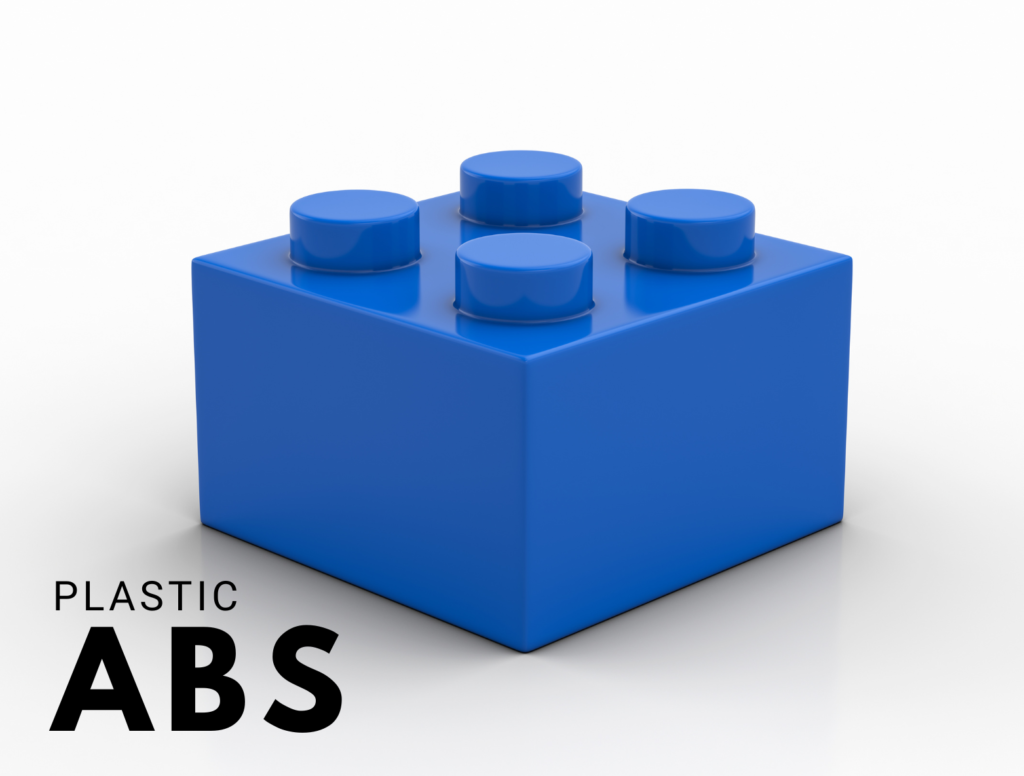
Nylon Filament (Nylon)
- Strength: Very high (80 [MPa])
- Max operating temperature: 50[C°]
- Chemical Resistance: High
- Application: Structural and engineering elements
- Environmentally friendly: No
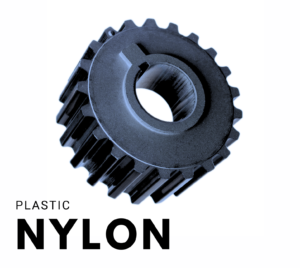
Polylactic Acid (PLA)
- Strength: Moderate (40[MPa])
- Max Operating Temperature: 50 [C°]
- Chemical Resistance: Low
- Application: Decorations, Nonstructural parts, Mockups
- Environmentally friendly: Yes (made from renewable resources like corn starch or sugarcane)
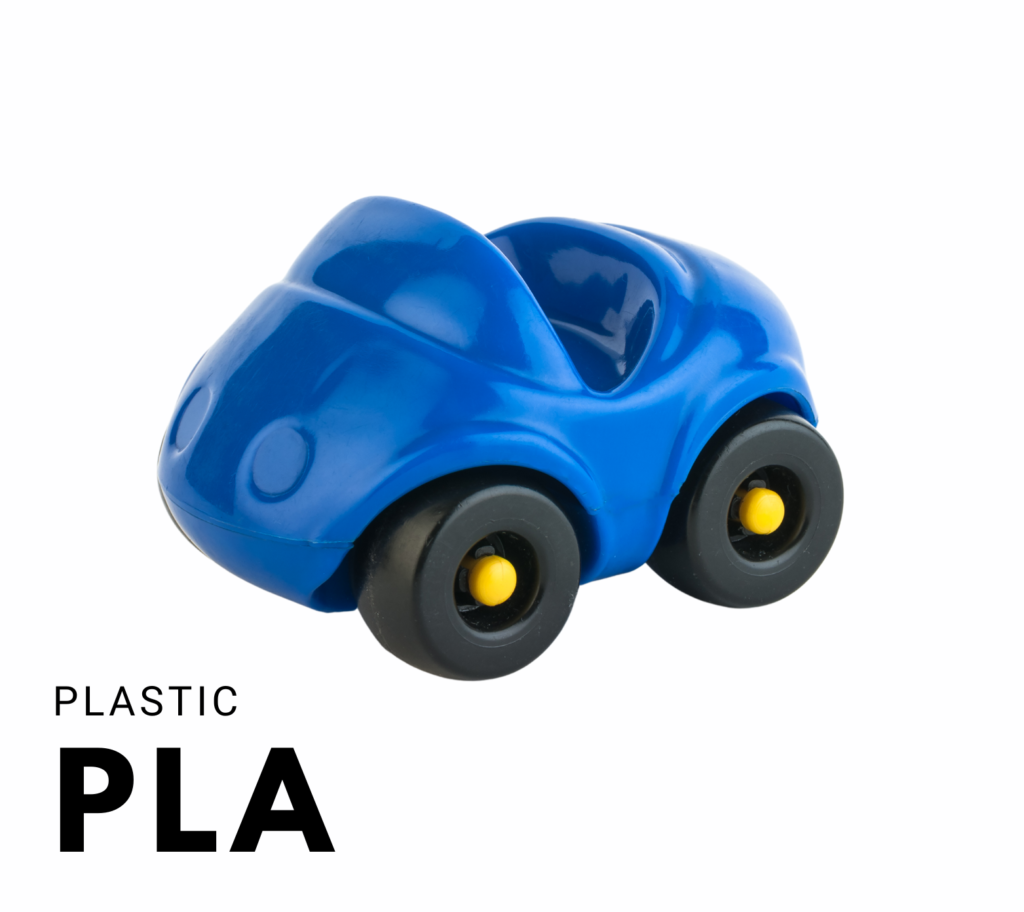
Polyethylene Terephthalate Glycol (PETG)
- Strength: Moderate (50 [MPa])
- Max Operating Temperature: 60 [C°]
- Chemical Resistance: Moderate
- Application: Structural parts, prototypes and containers
- Environmentally friendly: No
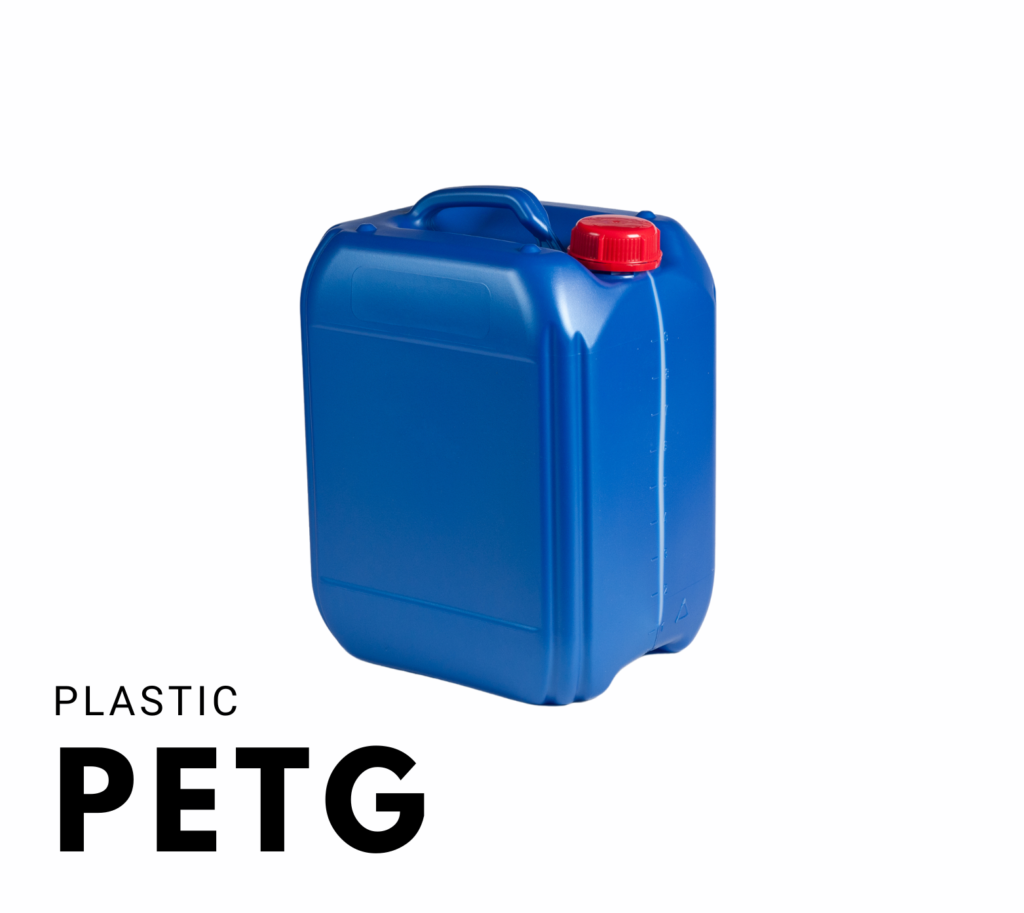
Thermoplastic Polyurethane (TPU)
- Strength: Flexible (Rubber like) (9 [MPa])
- Max Operating Temperature: 55 [C°]
- Chemical Resistance: Moderate
- Application: Bumpers, gaskets, seals, rubber parts
- Environmentally friendly: No
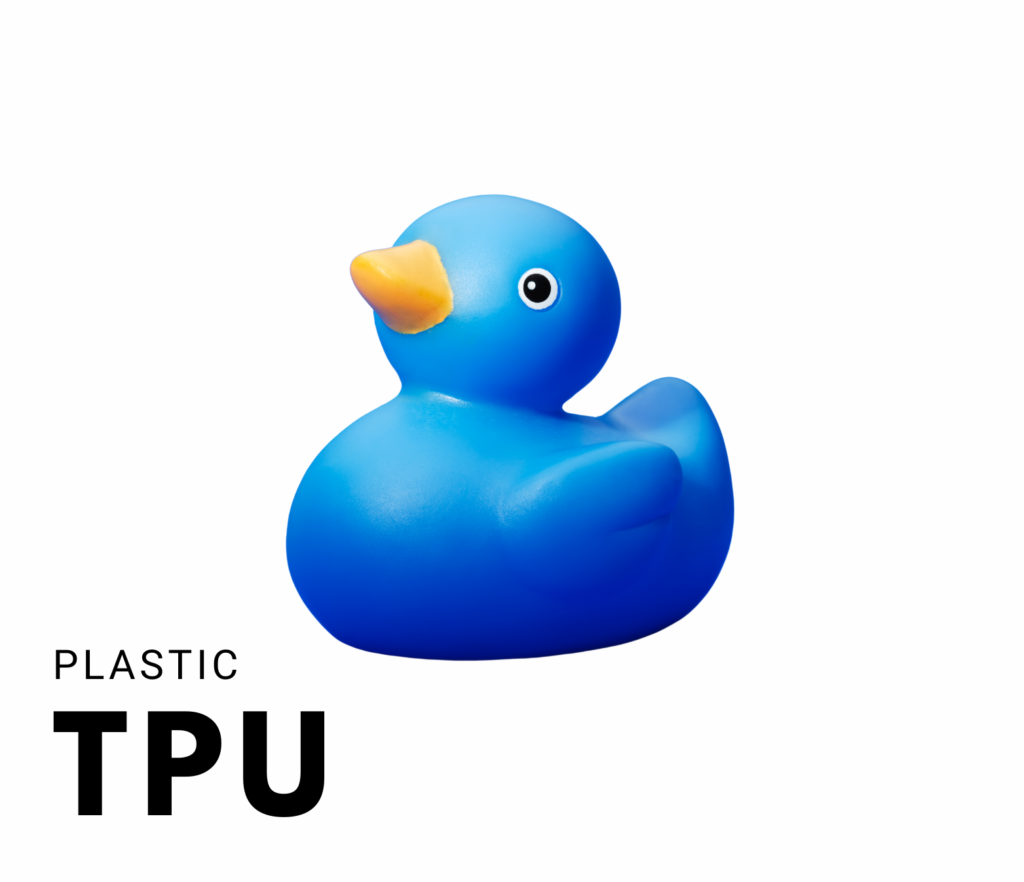
Printing Accuracy
Printing Accuracy (HIGH)
- Using HIGH print quality setting the part will be printed with layer settings of 0.3(mm) layer height. This provides standard print resolution and surface finish.
- Application: Fast prototyping, fast delivery parts, which will be painted. Parts, which don’t need to be very smooth.

Printing Accuracy (HIGHER)
- Using HIGHER print quality setting the part will be printed with finer layer settings of 0.2(mm) layer height. This provides higher print resolution and smoother surface finish
- Application: Detailed prototyping, Parts which need to be smooth, Decorative Parts
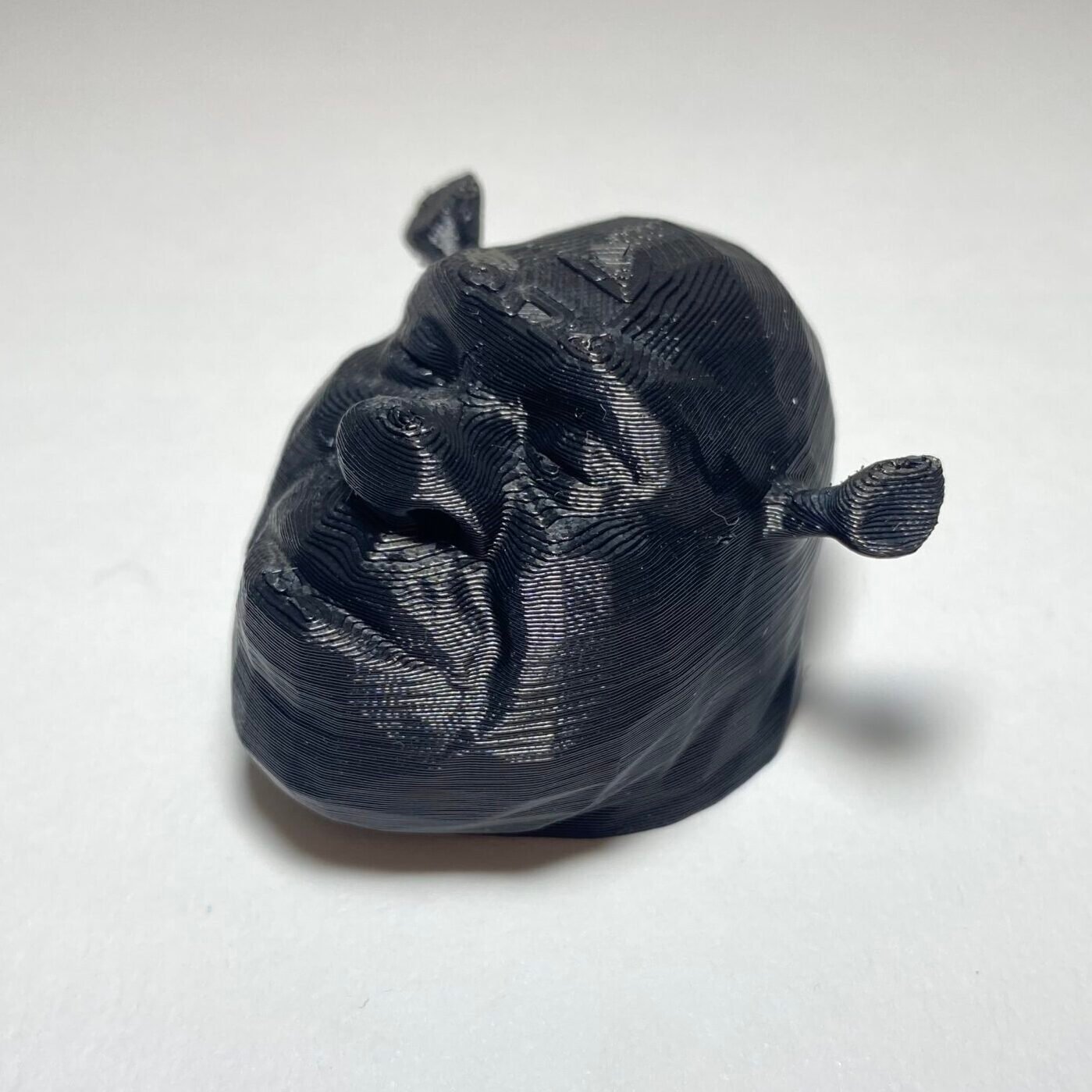
Printing Accuracy (EXCEPTIONAL)
- Using EXCEPTIONAL print quality setting the part will be printed with very fine layer settings of 0.15(mm) layer height. This provides much higher print resolution and smooth surface finish
- Application: Detailed design, Small parts, Complex shapes, Smooth parts
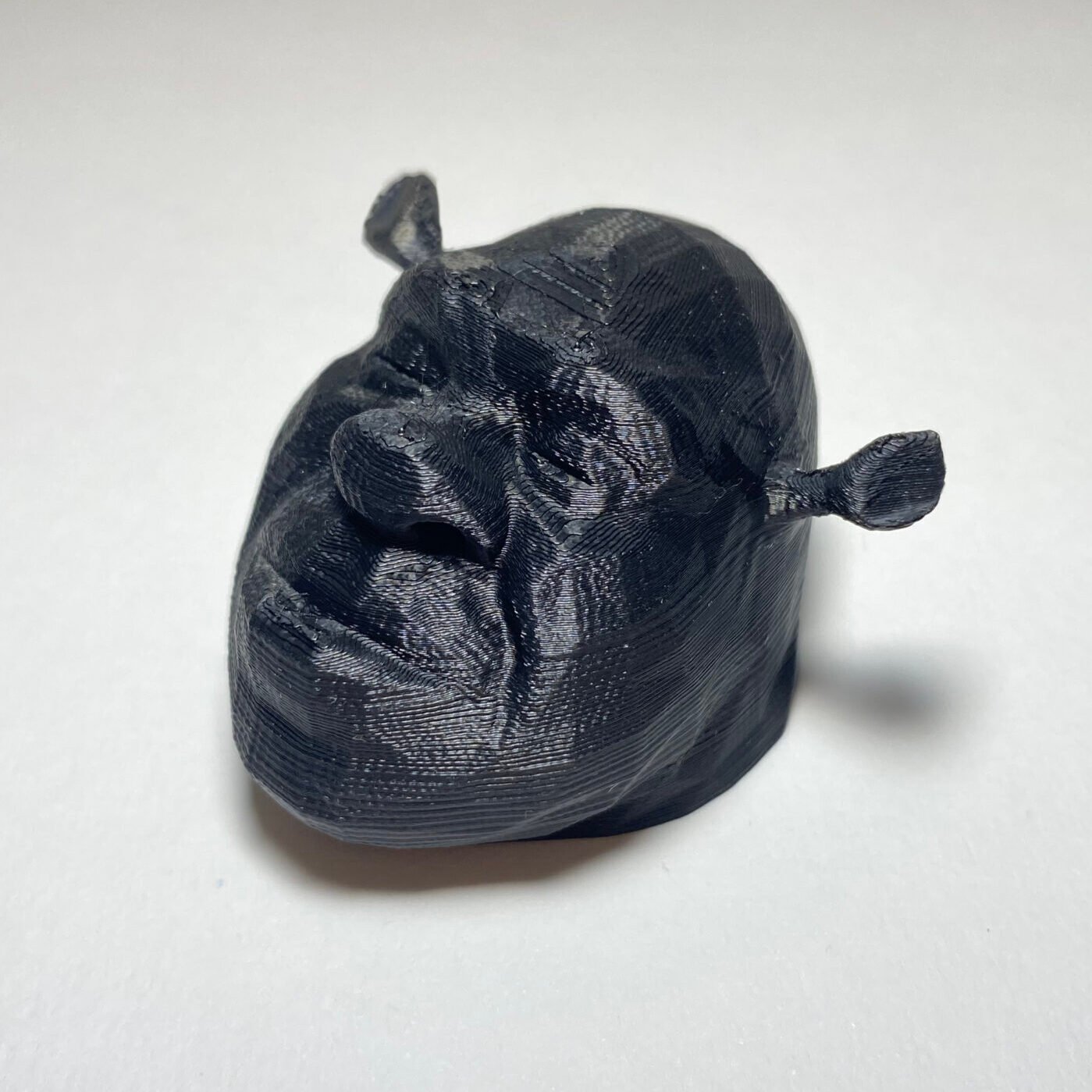
Printing Infill
In 3D printing, infill refers to the internal structure of a printed part. This setting determines how much of the parts inside is filled with material, printed in specific pattern to provide support and strength to a part. Infill settings determine the density and pattern of this internal structure. Higher infill setting creates stronger parts, but also increases the costs and manufacturing time of the part.
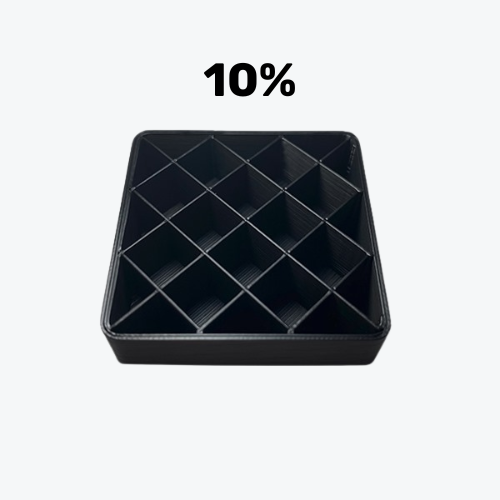
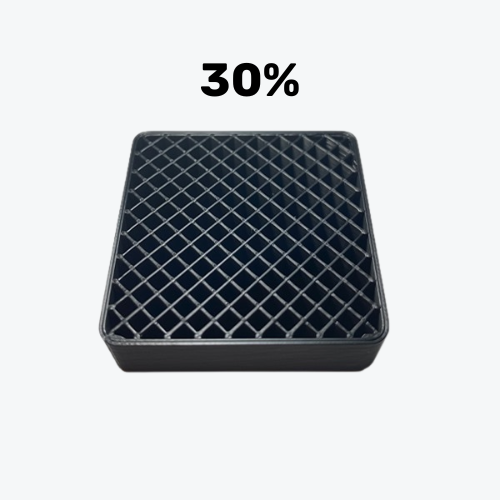
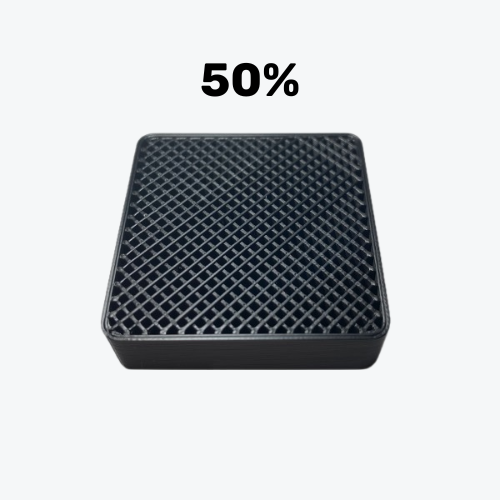
Infill Setting for (PROTOTYPE PART)
- When 3D printing prototypes, best to use infill settings are between 10% and 30%. This ensures that prototype is sturdy enough for testing while minimizing material usage and print costs.
Infill Setting for (STRUCTURAL PART)
- When 3D printing structural parts, best to use infill settings are between 50% and 100% ensuring that parts are strong.
Manufacturing Time
- Manufacturing time is 3 – 7 office days.
Our Previous Projects
Our previous projects for variety of clients and industries. See more



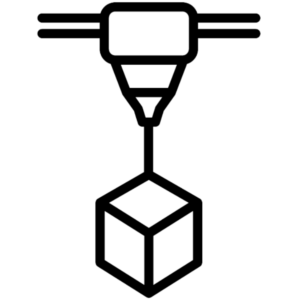

 Click here to upload or drag and drop your model to the canvas.
Click here to upload or drag and drop your model to the canvas. 











